America’s mountain landscapes offer some of the most breathtaking and diverse terrain on the planet. From the ancient peaks of the Appalachians to the dramatic volcanic summits of the Pacific Northwest, each mountain region tells its own geological story while providing endless opportunities for adventure and exploration. Whether you’re drawn to technical climbing challenges, peaceful hiking trails, or simply the soul-stirring beauty of alpine vistas, the United States delivers mountain experiences that rival those found anywhere in the world.
Mountain enthusiasts can find their perfect destination across vastly different ecosystems and elevation ranges. Here are 15 of the best US locations that consistently captivate mountain lovers with their unique character and natural splendor.
Rocky Mountain National Park, Colorado

Rocky Mountain National Park showcases the raw power of the Continental Divide — with over 400 square miles of pristine wilderness that includes 60 peaks exceeding 12,000 feet. The park’s Trail Ridge Road climbs to 12,183 feet, making it one of the highest paved roads in North America, yet hikers can explore countless backcountry trails that lead to hidden alpine lakes and meadows bursting with wildflowers.
Wildlife viewing opportunities abound, from elk bugling in autumn valleys to bighorn sheep navigating seemingly impossible cliff faces.
Grand Teton National Park, Wyoming
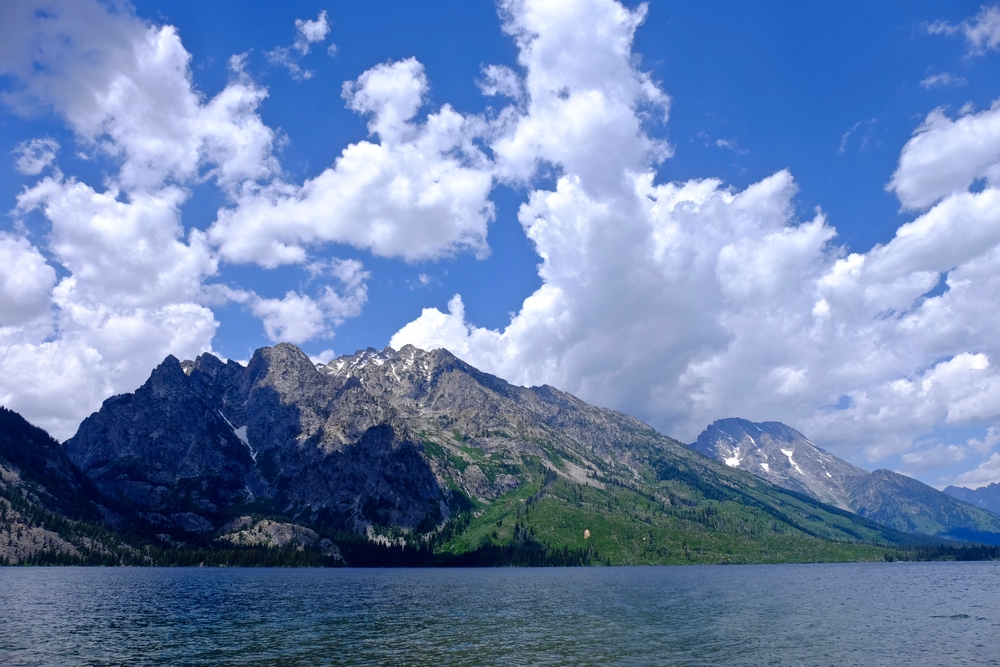
The Teton Range rises abruptly from the valley floor without foothills, creating one of the most dramatic mountain profiles in the lower 48 states. Grand Teton’s jagged peaks pierce the sky at over 13,000 feet, while pristine lakes like Jenny Lake reflect the mountains in crystal-clear waters that look almost surreal.
The park offers everything from gentle lakeside strolls to challenging mountaineering routes, though even casual visitors can’t help but feel humbled by the sheer vertical scale of these ancient granite spires.
Like Travel Pug’s content? Follow us on MSN.
Mount Rainier National Park, Washington

Mount Rainier dominates the Washington landscape as a massive stratovolcano that’s heavily glaciated and perpetually snow-capped. The mountain’s 14,411-foot summit challenges serious climbers, while the surrounding national park provides accessible trails through old-growth forests and subalpine meadows that burst with color during wildflower season.
Paradise, the park’s most popular area, lives up to its name with panoramic views and hiking opportunities that range from easy nature walks to strenuous backcountry adventures.
Glacier National Park, Montana
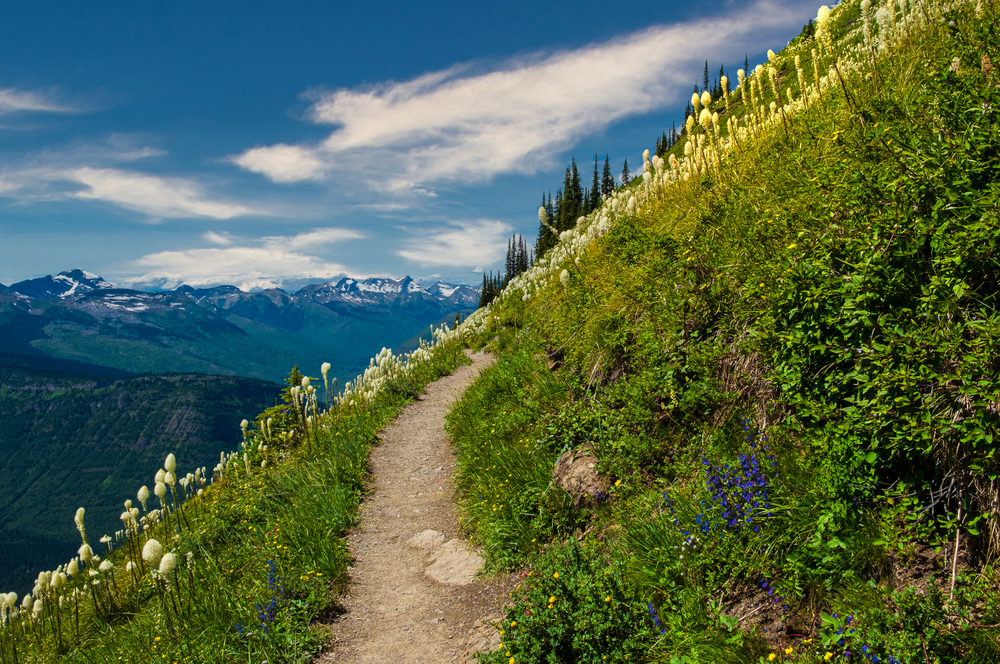
Glacier National Park preserves over a million acres of pristine wilderness along the Continental Divide — where dramatic peaks, pristine lakes, and remaining glaciers create landscapes that seem untouched by time. The park’s Going-to-the-Sun Road is an engineering marvel that winds through mountain passes and offers breathtaking vistas at every turn.
Though the park’s glaciers continue to retreat due to climate change, the rugged terrain and diverse ecosystems still provide incredible opportunities for hiking, wildlife viewing, and photography.
Great Smoky Mountains National Park, Tennessee/North Carolina

The Great Smoky Mountains represent the oldest mountain range in North America, yet their rounded peaks and misty valleys create a gentler, more enchanted mountain experience. The park straddles the Tennessee-North Carolina border and offers over 800 miles of hiking trails — from easy walks to challenging backcountry routes that lead to stunning waterfalls and panoramic overlooks.
The region’s incredible biodiversity supports everything from black bears to over 200 bird species, while the famous “smoky” haze creates an ethereal atmosphere that’s particularly magical during sunrise and sunset.
Like Travel Pug’s content? Follow us on MSN.
Denali National Park, Alaska

Denali, North America’s highest peak at 20,310 feet, towers over six million acres of Alaskan wilderness that’s home to grizzly bears, wolves, and caribou. The mountain’s sheer scale becomes apparent when you realize that its base-to-summit rise exceeds that of Mount Everest, though weather conditions mean the peak is only visible about 30% of the time.
The park’s single road stretches 92 miles into the wilderness, providing access to pristine tundra landscapes and wildlife viewing opportunities that exist nowhere else in the United States.
Yosemite National Park, California

Yosemite’s granite cliffs and waterfalls create some of the most iconic mountain scenery in the world. El Capitan’s vertical face challenges the world’s best rock climbers, while Half Dome’s distinctive profile has become synonymous with American wilderness.
The park’s high country offers endless hiking opportunities through alpine meadows and past pristine lakes, though even visitors who stick to the valley floor can experience the overwhelming scale and beauty of these ancient granite formations.
Mount Washington, New Hampshire
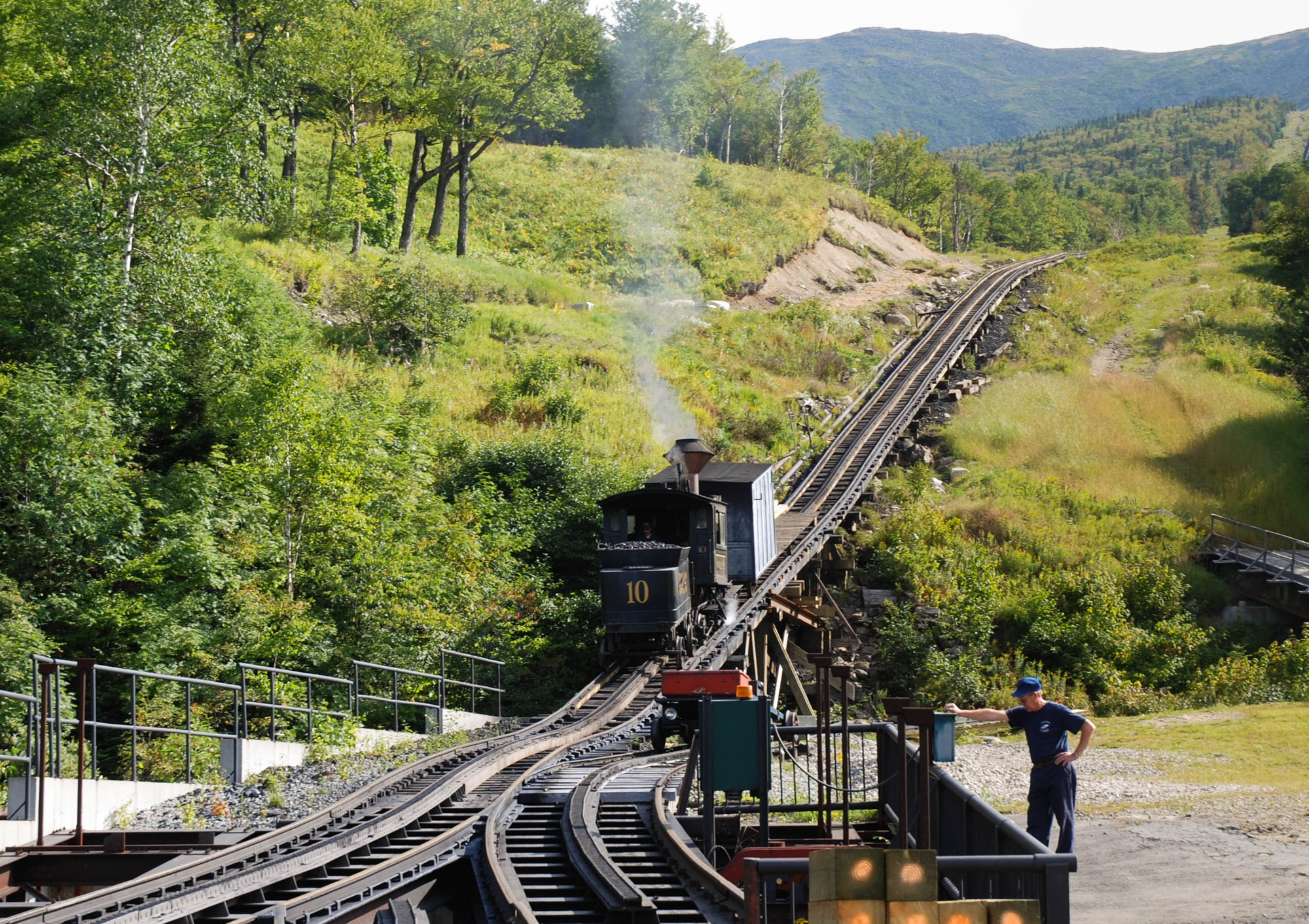
Mount Washington’s 6,288-foot summit might seem modest compared to western peaks, yet it’s notorious for having some of the world’s worst weather conditions. The mountain holds the record for the highest surface wind speed ever recorded — 231 mph — and its weather can change from pleasant to perilous in minutes.
The challenging terrain and unpredictable conditions make Mount Washington a serious test for hikers, while the Mount Washington Observatory provides fascinating insights into extreme weather research.
Like Travel Pug’s content? Follow us on MSN.
Cascade Range, Washington/Oregon

The Cascade Range stretches from British Columbia to Northern California, featuring a chain of volcanic peaks that include Mount Baker, Mount Hood, and Mount Shasta. Each mountain offers its own character and challenges, from technical glacier climbing to scenic day hikes through old-growth forests.
The region’s maritime climate creates lush ecosystems on the western slopes, while the eastern rain shadow produces dramatically different landscapes that showcase the incredible diversity of Pacific Northwest mountain environments.
Sierra Nevada, California
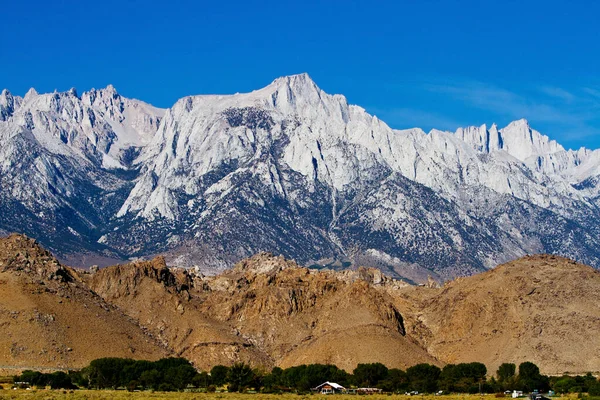
The Sierra Nevada mountain range contains some of America’s most spectacular alpine scenery, including Mount Whitney — the highest peak in the contiguous United States at 14,505 feet. The range’s granite peaks, pristine lakes, and diverse ecosystems provide endless opportunities for backpacking, rock climbing, and mountaineering.
John Muir Trail and Pacific Crest Trail both traverse portions of the Sierra Nevada, offering multi-day adventures through wilderness areas that have inspired generations of conservationists and outdoor enthusiasts.
Adirondack Mountains, New York

The Adirondack Mountains offer a unique mountain experience in the northeastern United States, with 46 peaks over 4,000 feet scattered across a six-million-acre park that’s larger than Yellowstone, Everglades, Glacier, and Grand Canyon National Parks combined. The region’s countless lakes and streams create a distinctive landscape where mountain peaks rise from pristine waters, while the fall foliage season transforms the entire area into a spectacular display of autumn colors.
The Adirondack Park’s mix of public and private land provides diverse recreational opportunities while maintaining the wild character that has attracted visitors for more than a century.
Like Travel Pug’s content? Follow us on MSN.
Olympic Mountains, Washington
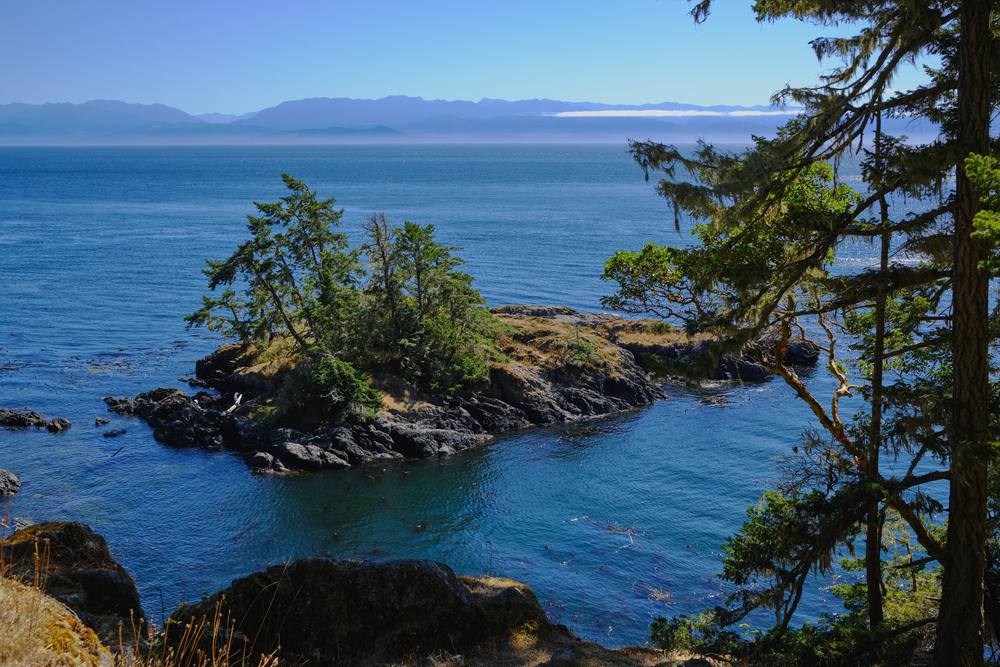
The Olympic Mountains create a dramatic backdrop for the Pacific Northwest, rising directly from sea level to nearly 8,000 feet within just a few miles. The range’s unique location creates incredible diversity — from temperate rainforests on the western slopes to alpine meadows and glaciated peaks in the interior.
Olympic National Park protects much of this wilderness, offering hiking opportunities through ecosystems found nowhere else in the continental United States, while the surrounding national forest provides additional access to remote peaks and pristine wilderness areas.
Sawtooth Mountains, Idaho
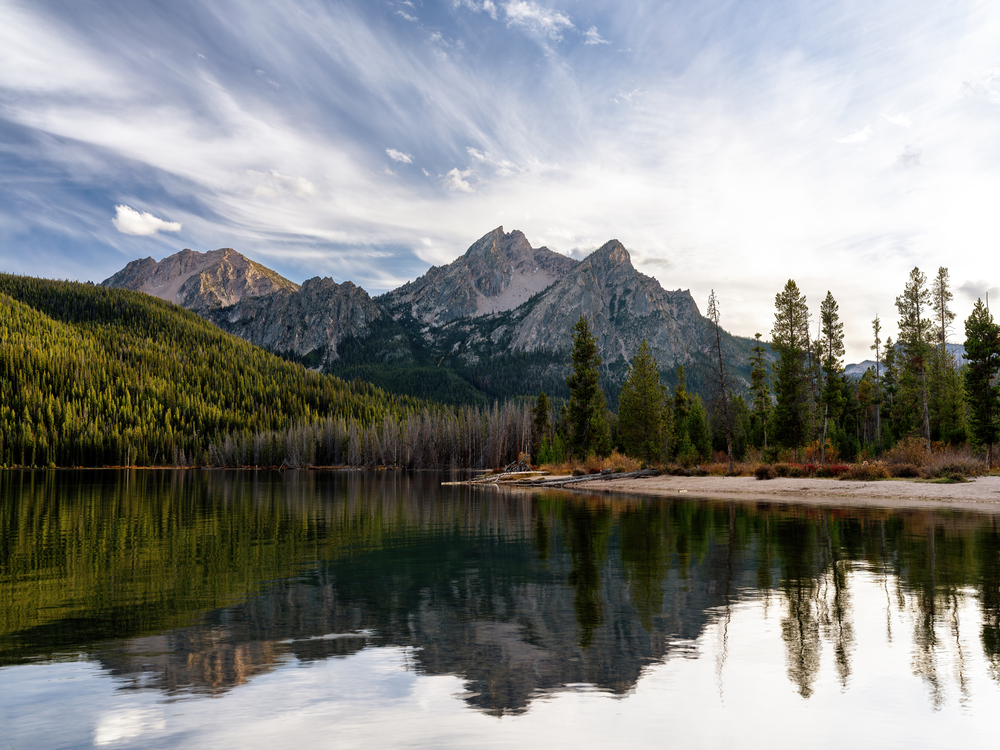
The Sawtooth Mountains live up to their name with jagged granite peaks that create one of the most dramatic skylines in the American West. The range’s pristine wilderness includes over 200 high-alpine lakes and countless peaks that offer everything from day hikes to technical climbing challenges.
The Sawtooth National Recreation Area provides excellent access to this wilderness, while the nearby town of Stanley serves as a perfect base camp for exploring the region’s incredible mountain scenery and diverse recreational opportunities.
Mount Katahdin, Maine
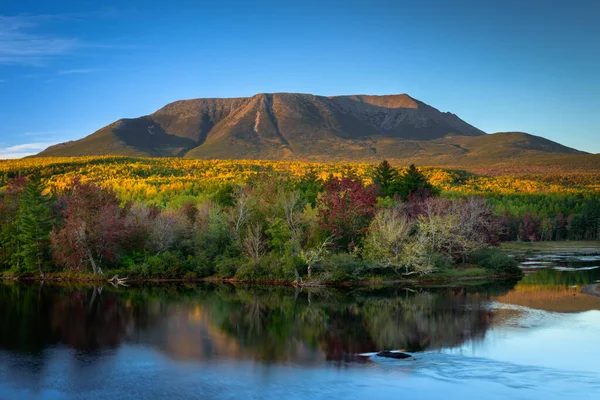
Mount Katahdin stands as Maine’s highest peak and the northern terminus of the Appalachian Trail, offering a challenging climb that rewards hikers with spectacular views across the Maine wilderness. The mountain’s Knife Edge trail provides one of the most thrilling hiking experiences in the eastern United States, though the exposed granite ridge requires careful navigation and isn’t suitable for novice hikers.
Baxter State Park, which surrounds Mount Katahdin, maintains a wilderness character that provides solitude and pristine natural experiences increasingly rare in the populous Northeast.
Like Travel Pug’s content? Follow us on MSN.
San Juan Mountains, Colorado
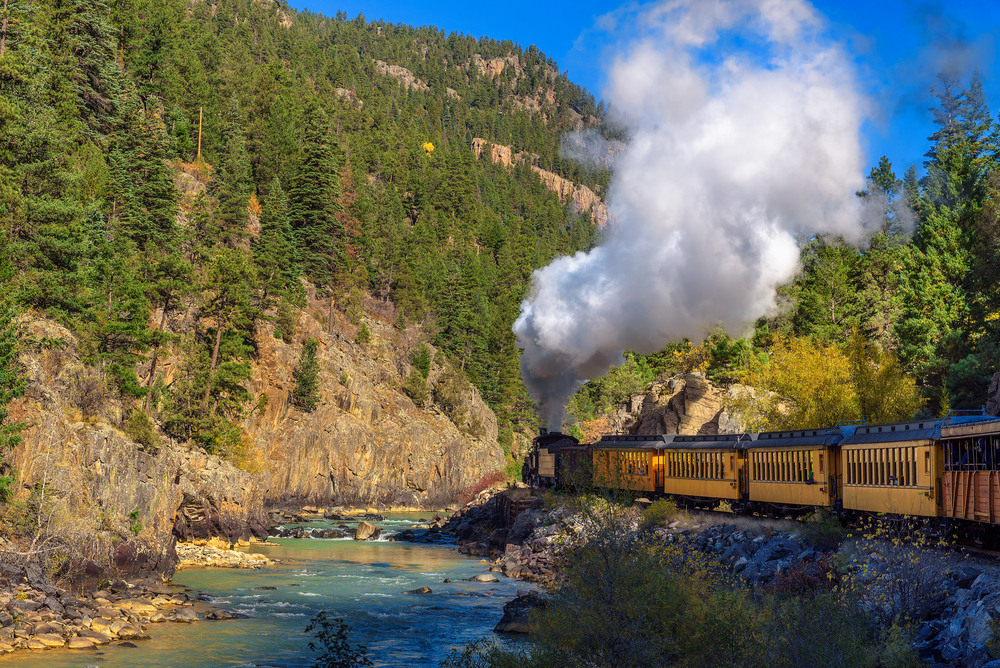
The San Juan Mountains contain 13 peaks over 14,000 feet and offer some of Colorado’s most challenging and rewarding mountain experiences. The range’s volcanic origins create diverse geology and stunning alpine scenery, while historic mining towns like Telluride and Silverton provide fascinating glimpses into the region’s colorful past.
The area’s extensive trail system includes portions of the Colorado Trail and Continental Divide Trail, offering everything from day hikes to multi-week backpacking adventures through some of the most spectacular mountain terrain in the American West.
Where Peaks Shape Dreams
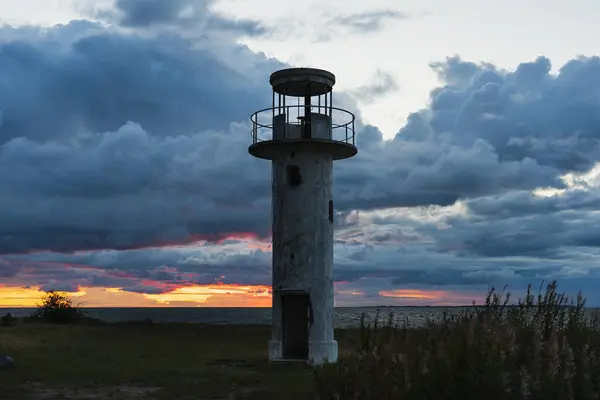
These mountain destinations prove that America’s diverse topography offers something for every type of mountain enthusiast. Each location provides its own unique combination of geological features, wildlife, and recreational opportunities that create lasting memories and often life-changing experiences. The key to appreciating these mountain environments lies in understanding that each range tells a different story — from the ancient Appalachians worn smooth by time to the young, jagged peaks of the Tetons still reaching toward the sky.
Whether you’re seeking technical climbing challenges, peaceful wilderness solitude, or simply the inspiration that comes from standing among towering peaks, America’s mountains continue to provide the backdrop for adventures that define what it means to explore the natural world.
More from Travel Pug

- 20 Best Beach Towns in the Carolinas
- 13 Destinations Where Tourists Regularly Regret Their Trip
- 20 Things You Actually Get in First Class
- 20 Small Airports With Aviation Museums
- 20 Places in the U.S. That Are Perfect for a Reset Trip
Like Travel Pug’s content? Follow us on MSN.
